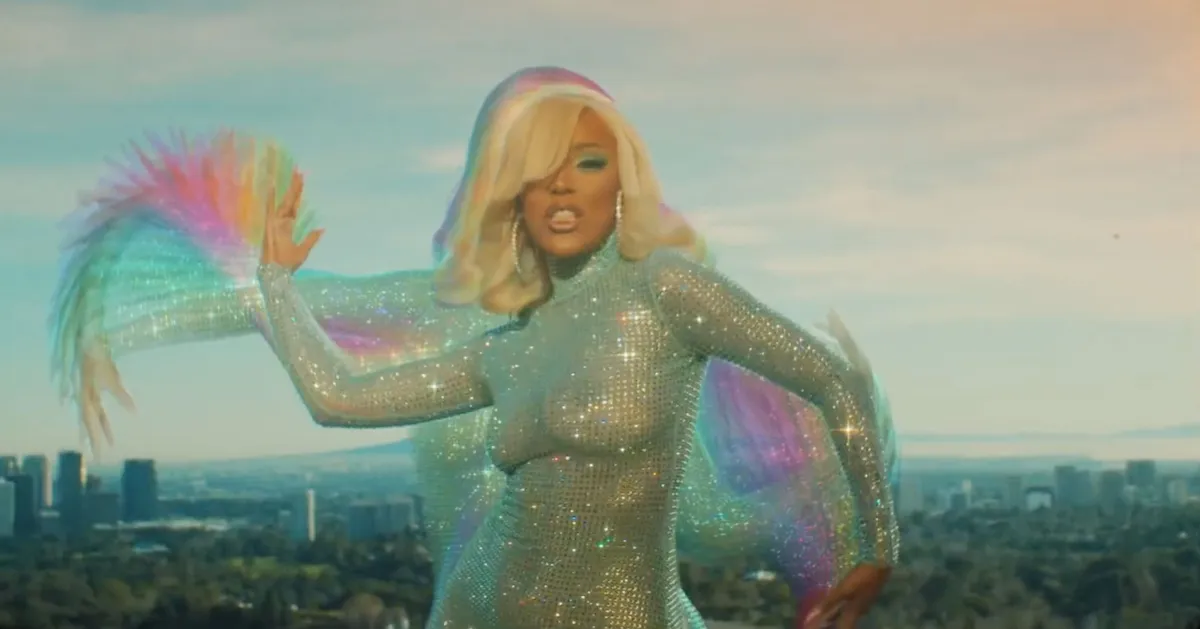In the ever-evolving music industry, songs often experience an initial surge in popularity before fading from the charts. However, some tracks find a second life through remixes, drawing in new audiences and rekindling interest among existing fans. A remix can inject fresh energy into a song by featuring new artists, altering the beat, or completely transforming its genre. But do remixes genuinely help songs climb back up the charts, or are they merely a marketing gimmick? Let’s explore the power of remixes in revitalizing songs, backed by notable examples and industry insights.
1. Introducing a Fresh Audience
A remix can serve as a gateway for an entirely new listener demographic. By incorporating a trending artist or experimenting with different musical styles, a song can appeal to fans who may not have engaged with the original version. For example, when Lil Nas X released a remix of Old Town Road featuring Billy Ray Cyrus, it introduced country music fans to the viral hip-hop track, ultimately propelling it to record-breaking chart success. Similarly, Latin artists collaborating with mainstream pop stars often create bilingual remixes that broaden a song’s appeal across different markets. This cross-genre exposure ensures that the track remains relevant and extends its chart longevity.
2. Capitalizing on Viral Moments
Timing is everything in the music industry, and a remix can strategically capitalize on a song’s virality. If a track gains traction on platforms like TikTok or Instagram, a well-timed remix can sustain and amplify its momentum. Record labels often recognize this pattern and commission remixes to keep a song in public consciousness. Take Doja Cat’s Say So remix featuring Nicki Minaj—it arrived just as the original was peaking on social media, giving it an extra push that helped it reach the No. 1 spot on the Billboard Hot 100. By extending a song’s lifespan and relevance, remixes play a crucial role in maximizing a track’s commercial success.

3. Reinventing a Track’s Appeal
Sometimes, a song’s original version doesn’t quite resonate with mainstream audiences, but a remix can reshape its reception. By adjusting the tempo, adding electronic elements, or introducing an entirely new beat, a song can feel fresh and more in line with current musical trends. A classic example is Despacito, which gained international stardom after Justin Bieber jumped on its remix. The additional vocals and slight production tweaks helped the track dominate global charts. Remixes allow artists to refine their work, experiment with different sounds, and create an enhanced version that aligns with listener preferences.

4. Boosting Streaming and Sales
Beyond creative reinvention, remixes also provide a strategic advantage in the streaming era. Many music charts, including Billboard’s Hot 100, factor in streaming numbers and digital downloads. When a remix is released, it often revitalizes interest in the original track, leading to a general increase in streams. Fans who enjoyed the remix may revisit the initial version, contributing to cumulative chart performance. Additionally, music labels may release multiple remixes to maintain sustained engagement—such as The Weeknd’s Blinding Lights, which saw various remixes keeping it relevant long after its debut. This commercial strategy ensures prolonged streaming success and increased revenue.


